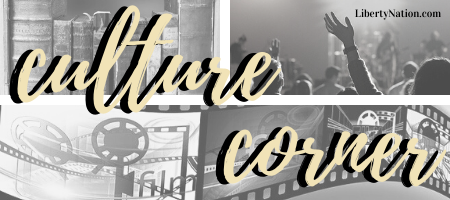There is no more apt cautionary tale for our current COVID-19 situation than Michael Crichton’s prescient 2004 novel State of Fear. Change the storyline from the climate change fearmongering we’ve experienced for the last several decades to the coronavirus pandemic, marked by mindless madness from the hyper-negative media and scientific community, and you have State of Fear 2020.
Where the plot becomes frighteningly similar to what we are experiencing today occurs during the dialogue between Peter Evans, one of the main characters, and Professor Norman Hoffman, an expert in the “ecology of thought.” Hoffman posits that people are controlled by fear. Before 1989, the focus of world fear was the prospect of nuclear annihilation, but there was a significant shift in the use of such words as cataclysm, catastrophe, crisis, and disaster after 1989. For example, as Hoffman explains, “During the 1980s, the word crisis appeared in news reports about as often as the word budget.” Hoffman’s theory centers on the use of words and concepts as an indicator of what prompts peoples’ affect, principally fear.
With that as background, Hoffman goes on to explain that what changed was that after 1989 there was no Soviet Union. During the Cold War, the entire world existed with a lingering level of fear of destruction, and that enabled governments to control what citizens thought and how they acted. As Hoffman explained, “For fifty years Western nations maintained their citizens in a state of perpetual fear. Fear of the other side. Fear of nuclear war. The Communist menace. The Iron Curtain. The Evil Empire. And within the Communist countries, the same in reverse. The fear of us.”
After the fall of the Soviet Union, there had to be a suitable substitute for nuclear annihilation.
Enter climate change. The media, politicians, and lawyers found climate change a suitable fear to terrorize the world. Just as Hoffman described, such a “politico-legal-media complex (PLM)” will endow a pervasive power “dedicated to promoting fear in the population – under the guise of promoting safety.”
 Are you beginning to connect the dots?
Are you beginning to connect the dots?
Today, clueless governors exploit their political power, closing down their states with dire predictions of widespread COVID-19 deaths if businesses are open, based on virtually no scientific data. The media seem to salivate at the opportunity to scare the life out of the citizenry, literally, since the suicide rate in some cities is higher than those dying of the coronavirus. Municipal authorities all over the country are using the legal system to shut down businesses or fine people for not exercising social-distancing standards that have shown little basis in science.
State of Fear paints a portrait of our times, and not a pleasant one to observe or experience. Michael Crichton pinpointed one of the most effective means to manage people’s behavior: fear. An easy and eye-opening read, the book is well worth the time.



